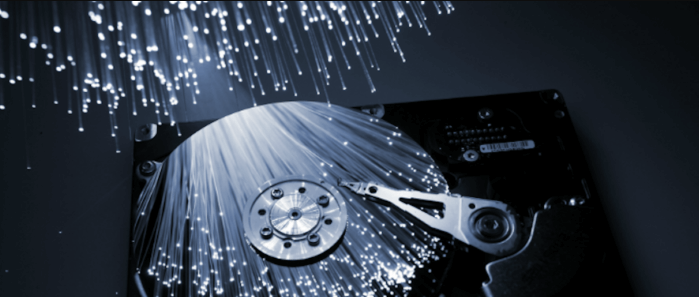Scientists break the limit barrier in optical diffraction
- March 18, 2024
- 0
The most popular words of 2023 were recently released and the AI Large Language Model (LLM) is clearly at the top of the list. As a leader, ChatGPT
The most popular words of 2023 were recently released and the AI Large Language Model (LLM) is clearly at the top of the list. As a leader, ChatGPT

The most popular words of 2023 were recently released and the AI Large Language Model (LLM) is clearly at the top of the list. As a leader, ChatGPT has also become one of the international buzzwords of the year. These breakthrough innovations in artificial intelligence owe a lot to big data, which plays an important role. But artificial intelligence has simultaneously opened up new opportunities and challenges for the development of big data.
High-capacity data storage is indispensable in today’s digital economy. However, mainstream storage devices such as hard drives and solid-state flash devices face limitations in terms of cost effectiveness, durability, and longevity. Optical data storage offers a promising green solution for cost-effective and long-term data storage. However, optical data storage faces fundamental limitations in the range of adjacent recorded features due to the optical diffraction limit. This physical limitation not only hinders the further development of direct laser writing machines, but also affects optical microscopy and storage technology.
According to Advanced Science Issue 125 published Science Overcoming the diffraction barrier in 2021 is considered the main task in the field of physics. It is also one of the seven predicted technological breakthroughs. Nature For 2024 and beyond.
A multidisciplinary team led by Professor Ming Gu from Shanghai University of Science and Technology (USST) and the Shanghai Institute of Optics and Precision Mechanics (SIOM) of the Chinese Academy of Sciences successfully tackled this problem. They recently published their latest research titled “3D Nanoscale Optical Disk Memory with Petabit Capacity.” Nature .
For the first time, researchers have demonstrated that by extending the planar recording architecture into three dimensions with hundreds of layers, optical data storage capacity can reach the petabit (Pb) level, thus overcoming the limiting optical diffraction barrier of recorded dots. The capacity of a DVD-sized disc can reach Pb, which is equivalent to at least 10,000 Blu-ray discs or 100 large-capacity hard drives. Corresponding authors of the paper are Professor Ming Gu, Director of the Institute of Photonic Chips, Professor Jing Wen from USST, and Professor Hao Ruan from SIOM. Dr. D., a postdoctoral researcher at SIOM. Miao Zhao and Professor Jing Wen of USST are listed as co-authors.
The breakthrough technology of three-dimensional nanoscale optical disk memory with petabit capacity is revolutionary. The dataset underlying GPT, which contains 5.8 billion indexed web pages and occupies approximately 56Pb of text, typically requires a ballpark of hard drives for storage. But three-dimensional nanoscale memory on an optical disk can reduce this space to the size of a desktop computer, significantly reducing costs. In addition, the energy consumption of nano-sized memory in an optical disc is several times lower than in traditional methods, and its service life can reach 50-100 years.
In 2013, Professor Ming Gu and his research group developed 9-nanometer direct laser recording technology based on dual-beam recording. German scientist Professor Stefan W. Hell received the 2014 Nobel Prize in Chemistry for the invention of ultra-high-resolution dual-beam microscopic imaging technology. Published in the journal Nature, three-dimensional nanoscale optical disk storage technology successfully overcomes the diffraction-limited barrier to optical recording and reading, opening a new era for big data digital economy.
Source: Port Altele
As an experienced journalist and author, Mary has been reporting on the latest news and trends for over 5 years. With a passion for uncovering the stories behind the headlines, Mary has earned a reputation as a trusted voice in the world of journalism. Her writing style is insightful, engaging and thought-provoking, as she takes a deep dive into the most pressing issues of our time.